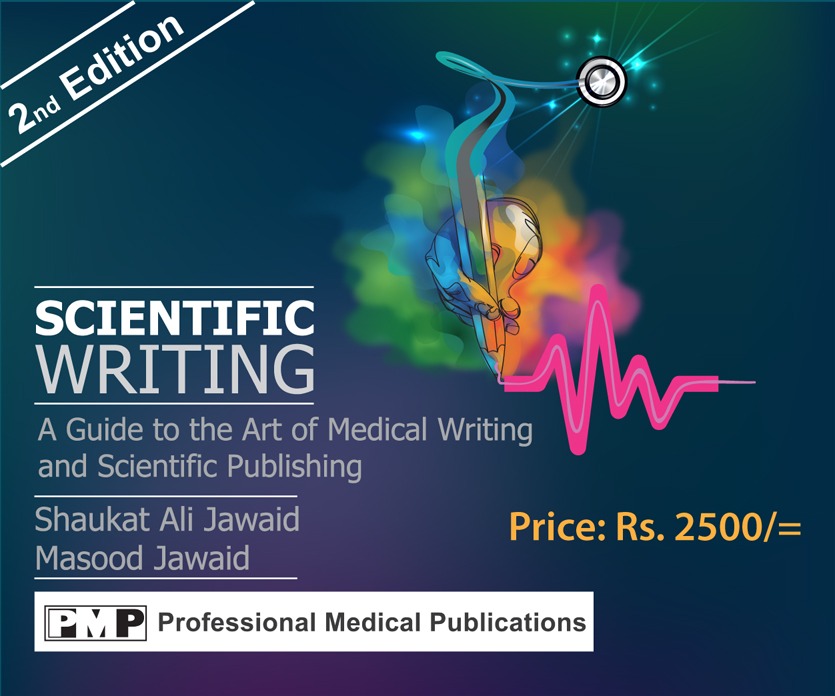A young girl, aged 13, was constantly suffering from headaches, to the extent that they hampered her studies. She was also unable to participate in physical activities at school because, in addition to the headaches, she experienced extreme fatigue in her legs.
Her ENT examination was normal, her eyesight was fine, and an MRI of her brain revealed no abnormality. Her history did not suggest migraines. Apart from her high blood pressure, no other signs indicated any abnormality.

Dr. Munawar Aziz
Investigations to determine the cause of her high blood pressure at such a young age revealed nothing, and her parents were not hypertensive either. Suspecting a rare cause of hypertension, her blood pressure was checked again in both arms and in her legs. High blood pressure in the arms was found, but it was lower in both legs. A subsequent CT scan of the entire aorta showed narrowing in the upper part, confirming the diagnosis.
It was a case of “coarctation of the aorta,” a narrowing of the aorta (the large artery from the left ventricle that supplies blood to smaller branches throughout the body). She was referred to a cardiac surgeon, who repaired the narrow portion of the aorta with stenting. The girl has been fine since then.
Coarctation of the aorta is a congenital heart defect characterized by the narrowing of the aorta, typically located just after the left subclavian artery. This narrowing impedes blood flow from the heart to the lower body, leading to increased blood pressure in the upper body and reduced blood flow to the lower body.
Symptoms can vary based on the severity and age of onset. Infants with severe coarctation may present with symptoms such as difficulty breathing, poor feeding, or shock. In older children and adults, symptoms may include hypertension, headaches, and leg cramps during physical activity.
Diagnosis often involves a physical examination, noting differences in blood pressure between the upper and lower limbs, as well as imaging studies such as echocardiography, chest X-rays, or MRI.
Treatment typically requires surgical intervention or balloon angioplasty. Surgical options include resection of the narrowed segment with end-to-end anastomosis or the placement of a graft. Balloon angioplasty involves inserting a balloon catheter to expand the narrowed segment.
Early detection and treatment are crucial for improving outcomes and preventing serious health issues related to this condition.
- Dr. Munawar Aziz
Abbottabad, Pakistan.
aziz.munawar@gmail.com




Very deep dive diagnosis .Excellent approach. Keep up the good work Sir.
Excellent summary as usual Sir.
Very informative
This is the first time I heard about BP of lower limbs… it’s really difficult to find doctors like you who go deep down to find the cause. Other doctors should also follow your footsteps atleast the lucky ones who are fortunate to read this article.